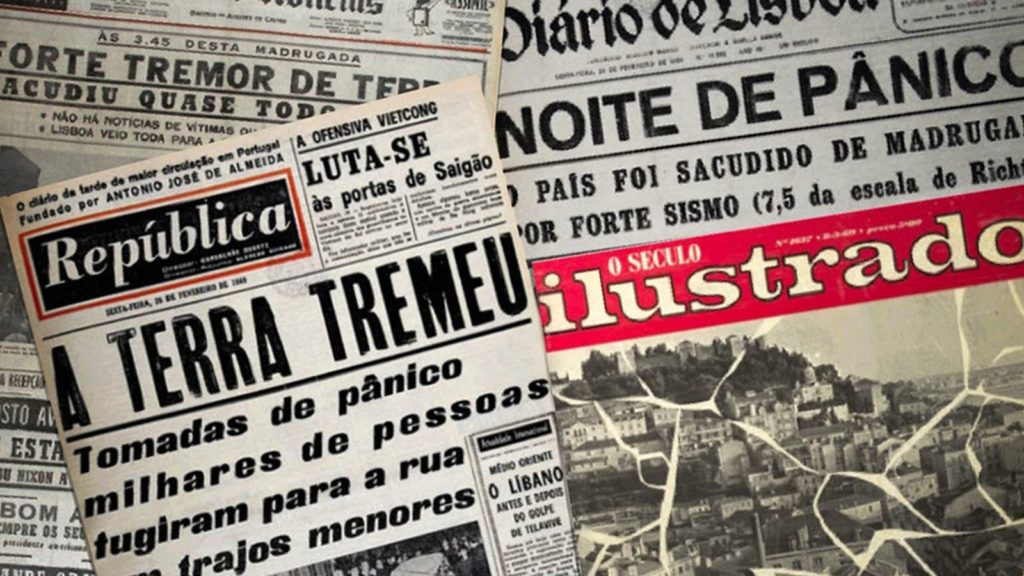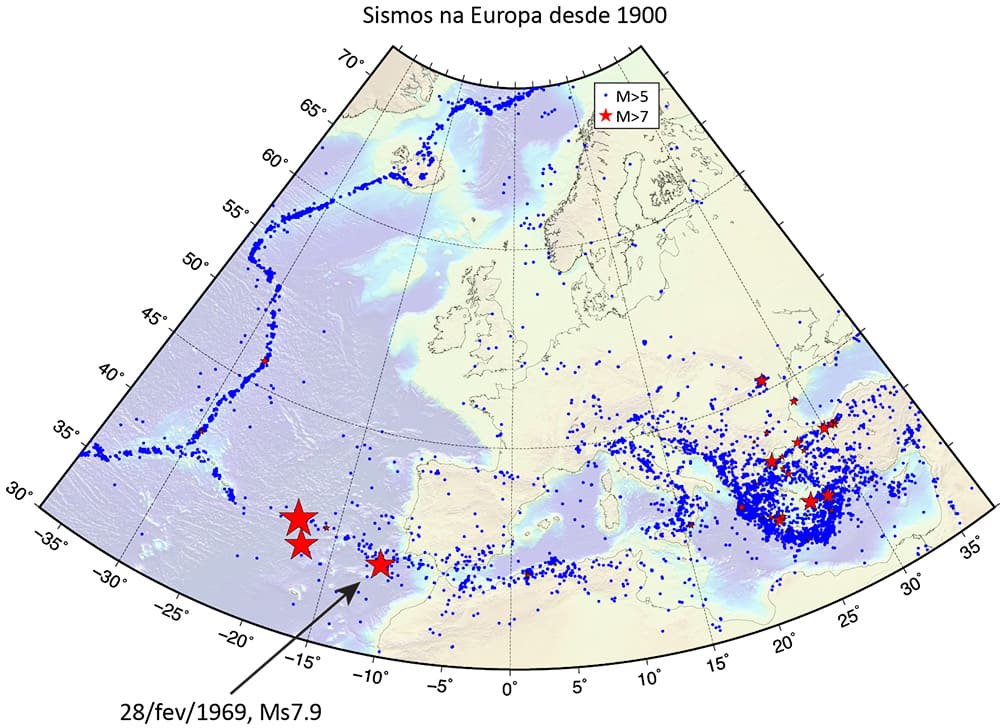Four Portuguese scientific institutions launched a national online survey to collect the testimonies of people who witnessed the great earthquake that, in the morning of February 28, 1969, affected Portugal, especially the Algarve.
O national macroseismic survey, which marks the 50th anniversary of the event and will be open until April 22, was launched yesterday by the Portuguese Institute of the Sea and Atmosphere, the Instituto Superior Técnico, the Faculty of Sciences and the associated laboratory Instituto Dom Luiz.
“The earthquake took place at a time when seismic instrumentation was not yet sufficiently developed, and it was essential to complement the few instrumental records at that time with the testimonies of the affected population”, stress the promoters of the inquiry.
At the moment, “communication technologies allow for a much broader data collection than was possible at that time. And, for easily understandable reasons, there will not be another occasion in the future with this meaning and with a real possibility of safeguarding this memory. So now is the right time to carry out a macro-seismic survey on the effects of this very important earthquake».
«Today, we understand better the southern border of Portugal, which separates the Eurasian plate from the African plate. It is a border constituted by a network of active faults with great potential to generate earthquakes and tsunamis. We scientifically understand better the propagation of seismic waves, the attenuation of energy from faults, the way in which soils amplify or attenuate the energy of seismic waves, and how buildings behave under the effect of seismic waves", stress the four institutions , on the website created for the online survey.
“But there is still a lot to understand, particularly with regard to our territory. And to advance knowledge, it is necessary to validate hypotheses and models with data», they add.
The project even poses a challenge to the school community, to "actively participate in filling out the survey on the 1969 earthquake, so that together we can reach a greater number of people". In the end, there will even be prizes for schools.
Schools can participate in the following way: “students should find a nearby adult (grandfather, great-uncle, neighbor, etc.) who makes sense and remembers the earthquake as well as possible. The answers are important whether the earthquake was felt strongly or weakly».
Then, "together with the adult who felt the earthquake, the student must fill in the online questionnaire" and "at the end of the questionnaire, the student must identify the school they attend".
For each report, a survey must be completed, whereby “a student can fill in more than one survey, one for each report/witness”.
The project's promoters recall that “this is the earthquake of greatest magnitude felt in Europe since the great Lisbon earthquake of 1755”.
It occurred in the early morning of February 28, 1969, around 3:40 am, and had an epicenter 180 kilometers SW of Sagres. It was an earthquake of magnitude Ms7.9, having generated alarm and panic among the population, cuts in telecommunications and electricity supply.
In addition to the Portuguese mainland, it was felt in Madeira, Spain, Morocco and France, with records of fatalities in Portugal and Morocco, and a small tsunami recorded instrumentally was also generated.
Tomorrow, February 28, the day that marks the 50th anniversary of this earthquake, there will also be a evocative session in Lagos.
Click here to access the online survey



















Comments